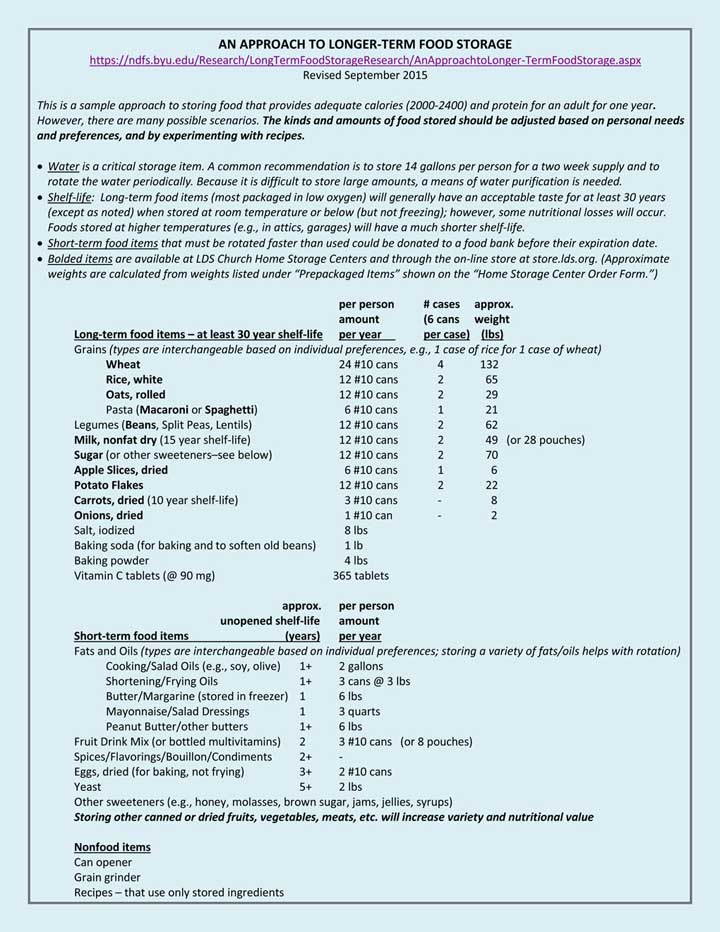Posted In food
crisis |
I believe that the majority of people
comprehend that storing food for an emergency is a good idea. Even if they
never get around to actually doing it, they understand that the concept makes
sense and realize that if a crisis does occur, they’re going to regret not
having done it. There is a lot less knowledge and agreement, on the other
hand, regarding what types of food to stockpile and how to store it the best
way.
You could have tons of wheat stored, for
example, but too much of any one thing – even a good thing like wheat – is
not good. Variety is not only important physically, but it will also help you
and your family psychologically if you find yourself in an emergency situation
that goes on for days, weeks or months. The type of container in which you
store your food is also very important because exposure to air and moisture
can ruin your food storage plans.
In an article titled “Seven Major Mistakes in
Food Storage” (see link below), author Vicki Tate discusses those two
mistakes and others. Please take a look at the article and let me know what
you think. While I agree with the “mistakes” she mentions, I think she’s
missing a few that are even more important than some of the ones she lists.
Meet you on the other side!
»
Article: Seven Major Mistakes in Food Storage by Vicki Tate
I think you’ll agree that the author touches
on some important mistakes people make when storing foods for the future,
including issues regarding variety, extended staples, vitamins, psychological
foods, balance, containers and usage of the storage.
But any advice list for people who are storing
food absolutely has to include the temperature at which the food is stored
(should be between 40 and 70 degrees Fahrenheit) and the importance of keeping
containers out of the light, which can negatively influence vitamins, proteins
and fats. I would also make sure that people understand that they need to
focus on foods that do not require refrigeration, since a power outage would
spoil those foods quickly, and that keeping some foods at a secondary location
is important, should their homes be destroyed in an emergency.
Following is my Top 10 list of dumb
food storage mistakes:
- Ignoring the importance of nutrition in the
foods that are stored
- Using sacks or other containers that are not
air-tight
- Failing to keep food containers in a cool,
dry place
- Failing to keep food containers out of the
light
- Storing too many items that need
refrigeration
- Failing to include enough of a variety of
different foods
- Failing to maintain a good balance in the
foods that are stored
- Failing to include at least a small
percentage of “comfort” foods
- Failing to occasionally check expiration
dates and rotate stored foods
- Storing all of the food in only one
location.
The other items that are included on the one-year’s supply list are readily
available products that you can find at your local markets. Some of these
products, like the oils and fats, will need to be rotated on a regular basis.
If you have been prepping for a while, this is a good basic list to judge
your storage against, and if you are a beginner, it’s a good guide for getting
started. Personally I would consider this list as a minimum one-year supply. It
has its faults — carb-heavy for one, but that’s what canned and freeze dried
meats and vegetables, as well as some comfort foods are for. I buy mine
